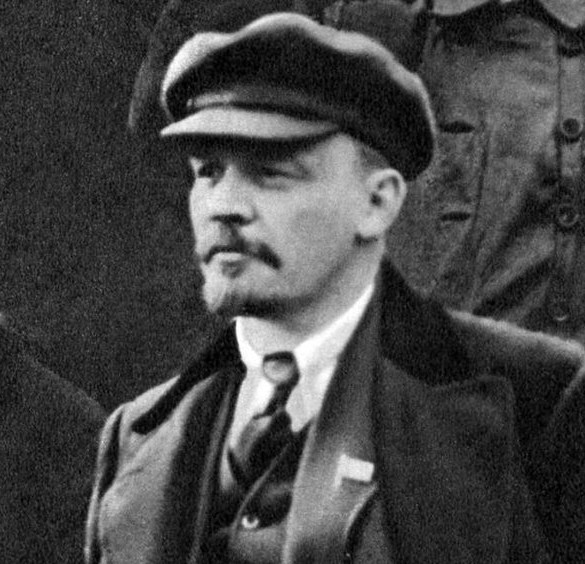I will basically quote the book Revoluções e regimes marxistas on it.
Mongolia’s history has been conditioned by its position in the heart of Asia and its modern location between China and Russia. It is a vast region of steppes and deserts, with a small population dedicated to herding. In the 13th century, Genghis Khan succeeded in unifying the tribes and creating a vast Eurasian empire, the largest in continuous length in history. However, it was short-lived and its original core fell under Chinese domination in the 17th century, as the western cantons were being subjugated by Russia. Its original territory was divided into two regions: one incorporated by China (Inner Mongolia), now an autonomous region, and the other that was granted autonomy even then, forming what is now the Republic of Mongolia. (p. 85)
After the proclamation of the Chinese republic in 1911, the Buddhist leader took the opportunity to proclaim independence. The disorganization of the state made room for Russian influence (requested by him), and Outer Mongolia became self-governing. Russia, however, only recognized limited autonomy in 1917. Part of the Mongolian population lived in Russian-held territories in Siberia, and many Mongols were in Russian territory as laborers. Thus, inevitably, the Revolution of 1917 had repercussions on these populations and on Mongol territory itself, as the civil war between Reds and Whites affected Eastern Russia. China had sent a military contingent in 1917, but it was expelled by the White Guards, who repressed the Mongols.
On June 25, 1920, the Mongolian People’s Party was formed by merging two distinct groups that defended the Mongolian nation, the interests of the herders (arat), and were inspired by the Soviet October Revolution. During the first congress, it was decided to send two groups to the Soviet Union to ask the Bolshevik party for help - one group led by Choybalsan and the other by Sühbaatar - a meeting that took place in August of that year. From then on, the involvement between the two communist parties grew. In the wake of this process, the country was invaded by the Baron Von Ungern-Sternberg, of the Tsar’s White Guard, with Japanese support. Ungern promised autonomy from China and freedom for the Lamaist cult. A provisional government was established with Bogd Khan on the throne. (pp. 85-86)
In March 1921, the Mongolian Party, divided over the new government, elected a new provisional government and attacked a strong Chinese garrison, taking the settlement on the border with Kyakhta (present-day Altanbulag). The next day, the Party’s central committee and a provisional government were set up. In July, the Red Army and Mongol contingents, in pursuit of the White Guards, entered the country and drove out the counter-revolutionary forces. A popular government, with a monarchy of limited powers, was proclaimed. Bodoo became prime minister and foreign minister, Sühbaatar followed as commander of the armed forces and minister of war, and Choybalsan his deputy.
The period up to the official Second Party Congress (July 1923) was turbulent. There was a conservative nationalist group and a revolutionary nationalist group, causing an oscillation between Peking and Moscow. Gradually, however, the Soviet Union established its influence over the Mongolian Party, and there were several plots in the struggle for power, with important Party leaders involved, including Bodoo. Due to the climate of insecurity, even Sühbaatar’s death from illness in February 1923 was for a time considered a poisoning by order of Dandzan - the Finance Minister.
Following Soviet molds, the predominantly pastoral economy was collectivized, and the Soviets developed mining, among other branches of the economy. In 1922, serfdom was abolished, women were granted equal rights and the privileges of the nobility were eliminated, and collectivization was promoted with violence in 1925, with the purpose of eliminating the feudal nobles and the power of the Buddhist monks. This was done by confiscating the herds and distributing them to the poorest, but the middle owners killed most of the animals in order not to be taxed or confiscated. The poor shepherds did not always have the means to manage the new herds, but the struggle against the temples, which enjoyed popular prestige, was easy.
750 monasteries were destroyed, their lands confiscated, more than a thousand monks executed, and the rest gradually secularized. Collectivization, excessively “leftist,” was later condemned, and the economic model softened. At the same time, Moscow was setting up dairy industries, meat packing plants, and developing the country’s mining and infrastructure. An interesting fact was that the limitation of the number of monks allowed an important demographic growth, which had been stagnant.
The alliance between Ulan Bator and Moscow was well accepted by the Mongolian people, who feared a reincorporation into China, as well as the massive influx of Chinese farmers and the civil war that devastated China. Within the party, in parallel with the purges of the USSR, the remaining right-wing group was eliminated, as well as limiting the policies considered excessive by the left-wing group. At this same time, a kind of civil war was being initiated due to the purges of the potential enemies of the government, which guaranteed the unification of the various ethnic groups dispersed in the territory. This internal threat was soon supplanted by a threat of real war. (p. 87)The book uses mainly three bibliographical sources:
- Alan J. K. Sanders (1987). Mongolia: politics, economics and society
- Michael Dillon (2019). Mongolia: a political history of the land and its people
And the third is a Portuguese book which you may not find useful because of the language barrier.
deleted by creator

